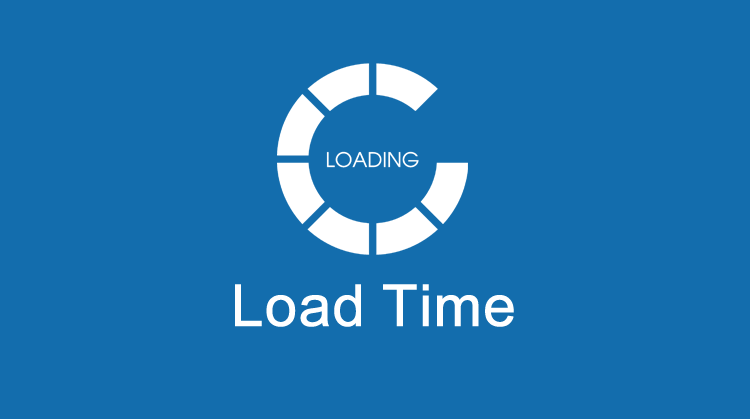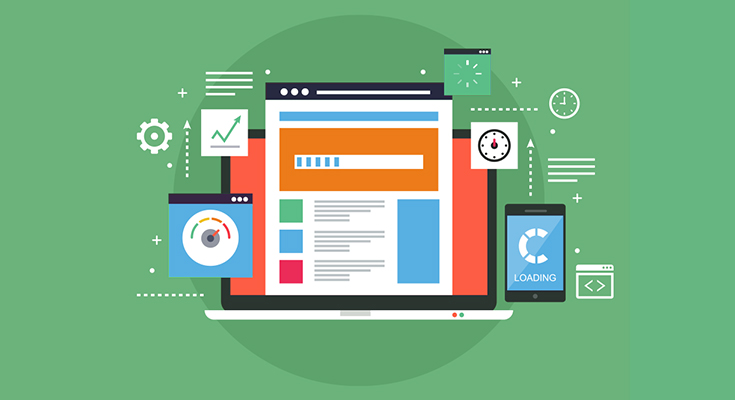Providing a positive user experience is key to maintaining engagement and driving traffic to your website. However, in Vietnam, where internet speeds can vary greatly, slow loading times can significantly impact user experience and cause frustration, leading to higher bounce rates and lower conversion rates. This makes it essential for businesses to optimize their website loading times to ensure a positive user experience.
Reducing website loading times is not only important for user experience but also for search engine optimization (SEO). Google has indicated that website speed is a ranking factor, meaning that fast-loading websites are more likely to appear higher in search engine results pages.
To improve website loading times, businesses can use a range of techniques, such as optimizing image sizes, minimizing HTTP requests, reducing the number of plugins and scripts, and implementing caching techniques. These techniques can help reduce the amount of time it takes for your website to load, resulting in a faster, smoother user experience.
In this post, we will explore the importance of reducing loading times for your website in Vietnam and the techniques that businesses can use to improve their website’s loading speed. We will delve into the impact of slow loading times on user experience and search engine rankings and provide tips on how to optimize your website for fast loading times. By implementing these techniques, businesses can improve their website’s performance, provide a positive user experience, and ultimately drive engagement and conversion rates.
I. Why Reduce Loading Times?
Reducing loading times can provide several benefits for your website and business. Firstly, a fast-loading website provides a better user experience, reducing the risk of visitors leaving your site due to frustration with slow loading times. Secondly, fast-loading websites can increase engagement and time spent on your site, leading to more opportunities for conversions and customer loyalty. Lastly, search engines like Google consider website loading times when ranking search results. A faster loading website can improve your search engine rankings, leading to more visibility and traffic.

II. Techniques to Improve Loading Speed:
Optimize images: Large images can significantly slow down your website’s loading times. Therefore, it is crucial to optimize images, compressing them and using appropriate file formats. This way, you can reduce loading times and maintain high-quality images. You can also use image optimization tools like TinyPNG or Kraken.io to optimize images without losing quality.
Use a content delivery network (CDN): A CDN stores website files on servers located around the world, reducing the time it takes for website content to load for visitors in different regions. By using a CDN, your website content is stored closer to your visitors, improving loading times.

Minimize HTTP requests: Every time a visitor accesses your website, their browser sends HTTP requests to retrieve website content. Minimizing the number of requests can reduce loading times. Therefore, you can use techniques like combining files, reducing the number of images, or using inline images to reduce the number of HTTP requests.
Use caching: Caching involves storing website data on a visitor’s browser or computer, reducing the need for repeated requests for the same content. By using caching, you can reduce loading times and improve website performance. You can also use plugins like W3 Total Cache or WP Super Cache to enable caching on your website.
Optimize website code: By optimizing website code, such as HTML, CSS, and JavaScript, you can reduce the size of files and improve loading times. For example, you can minify CSS and JavaScript files, remove unnecessary code or comments, and reduce the number of external scripts or stylesheets. You can use tools like Gzip or UglifyJS to compress and optimize website code.
In conclusion, optimizing your website’s loading speed is essential to providing a positive user experience and maintaining engagement with your audience. By implementing techniques like image optimization, using a content delivery network, minimizing HTTP requests, using caching, and optimizing website code, you can reduce loading times and improve your website’s performance.

Key points to take note:
- Fast loading times are crucial to providing a positive user experience and improving engagement
- Benefits of reducing loading times include improved user experience, increased engagement, and better search engine rankings
- Techniques to improve loading speed include optimizing images, using a content delivery network, minimizing HTTP requests, using caching, and optimizing website code
Contact us today to learn more about how we can help you reduce your website’s loading times and improve your online performance.





